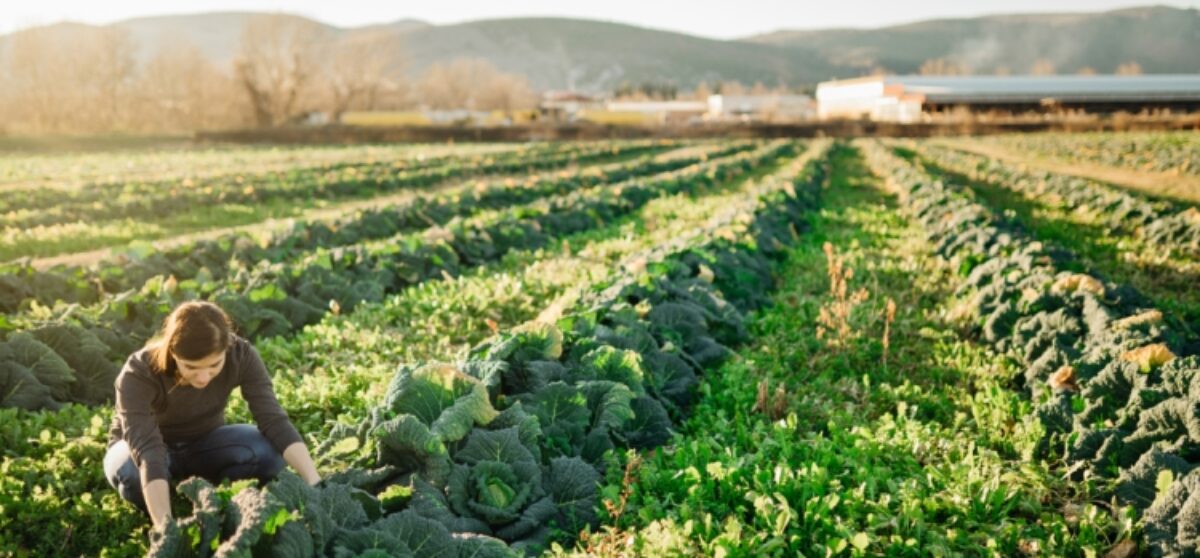Capturing Carbon Across US Range & Pasturelands
Undoubtedly, ranching demands immense effort and sacrifices. The increasing pressure to adopt environmentally friendly practices can sometimes feel at odds with producer interests. However, carbon ranching presents an opportunity to acknowledge and appreciate farmer and ranchers’ contributions in more ways than one. By partnering with the right experts, carbon ranching or “carbon cropping” offers long-lasting benefits that extend beyond today’s generation. These practices not only benefit the planet but provide advantages, like enhanced soil quality, improved resilience to changing weather patterns, and, notably, financial rewards through carbon credit generation, to hardworking agriculture operations.
Which practices generate carbon credits for range and pastureland in the United States?
Agoro Carbon Alliance offers three practices for range and pasture lands participants, enabling ranchers nation-wide to generate carbon credits and get paid for doing so:
- Improved grazing: This practice involves various options based on your operation and current grazing program. The goal is to provide timely rest for the grass and promote efficient forage utilization, leaving enough biomass for critical regrowth.
- Seeding: This practice requires introducing at least one new species to your land, to enhance biodiversity and increase biomass. There are multiple options available within this program.
- Fertilization: This practice involves fertilizing historically unfertilized ground. Fertilizer, particularly nitrogen, is often lacking in range and pasture areas, and this practice addresses that deficiency.
What can an ag carbon program look like?
Improved grazing offers numerous possibilities. Common tactics include dividing pastures into smaller sections, or paddocks, and implementing rotational grazing by moving animals between these smaller areas. Water and mineral sources are also relocated to encourage animals to utilize different parts of the pasture. Another effective strategy is to increase the frequency of moving animals between existing pastures.
Seeding can often involve alternative methods to traditional range drill seeding. Broadcast seeding has shown positive results, utilizing ground rigs or airplanes in late fall, preferably around a snow event to facilitate seed penetration. Local seed companies and extension agents can assist in determining the most suitable species to add, which helps diversify existing vegetation and addresses pasture maturity and nutritional value.
Fertilizer can be applied simultaneously with seeding, especially with broadcast methods. The effects of water movement and freeze/thaw cycles aid in the incorporation of fertilizer into the soil. Fertilization primarily boosts forage production but can also enhance plant vigor and increase crude protein levels. Care should be taken to ensure the desired plants are benefiting from fertilization, as undesired plants may thrive at their expense. Seeding and fertilization complement each other, providing mutual benefits.
~~ read more at link above…

